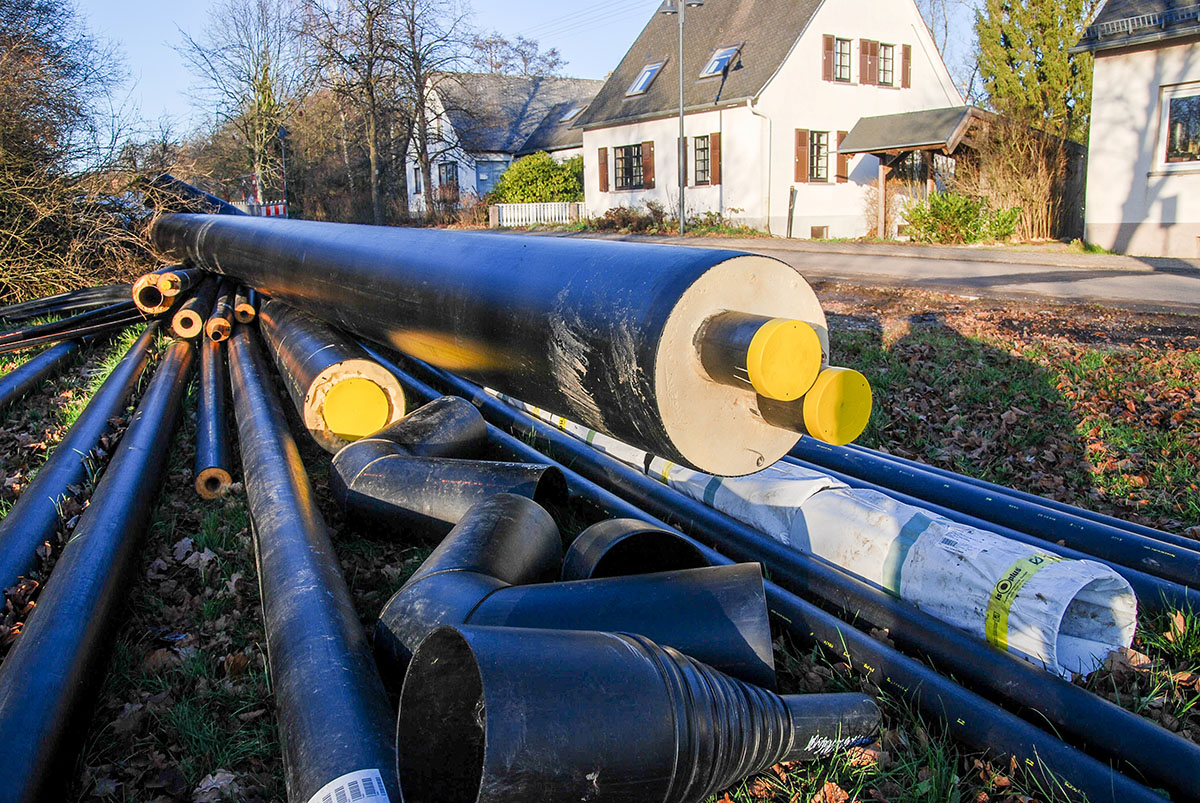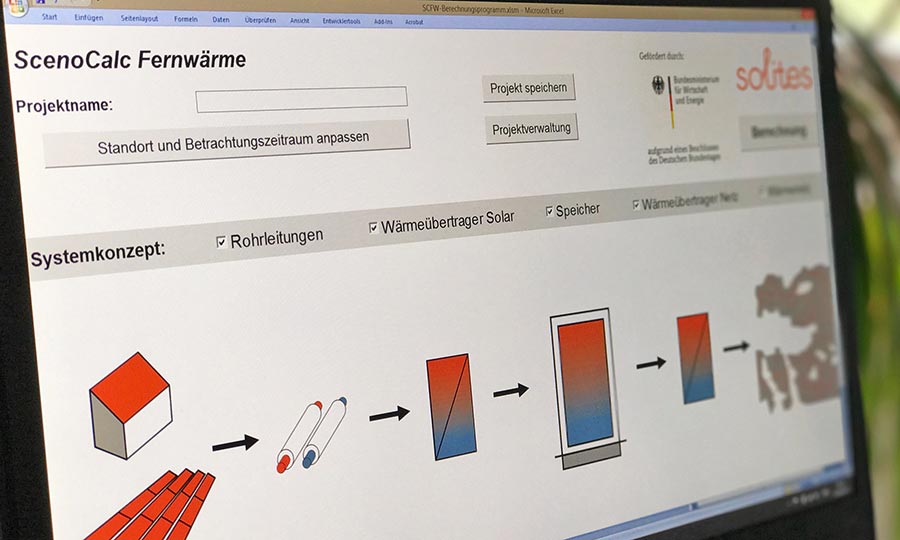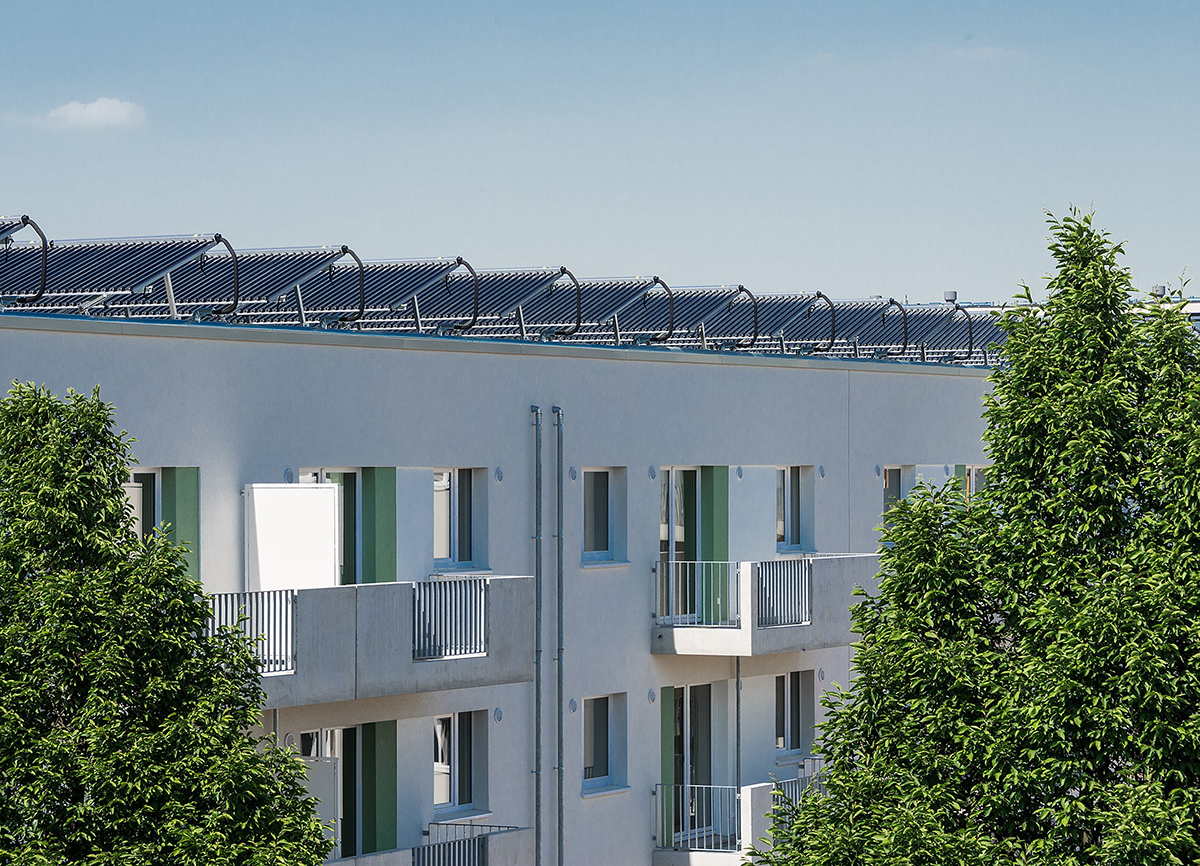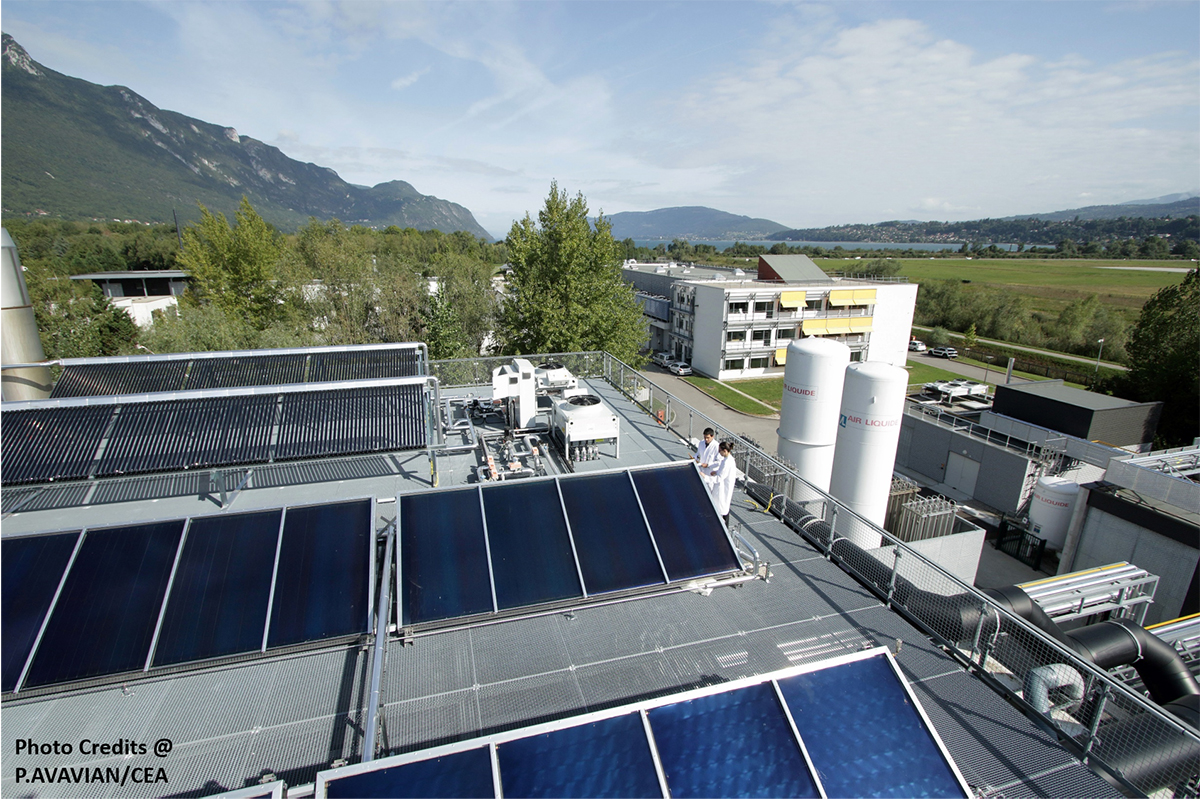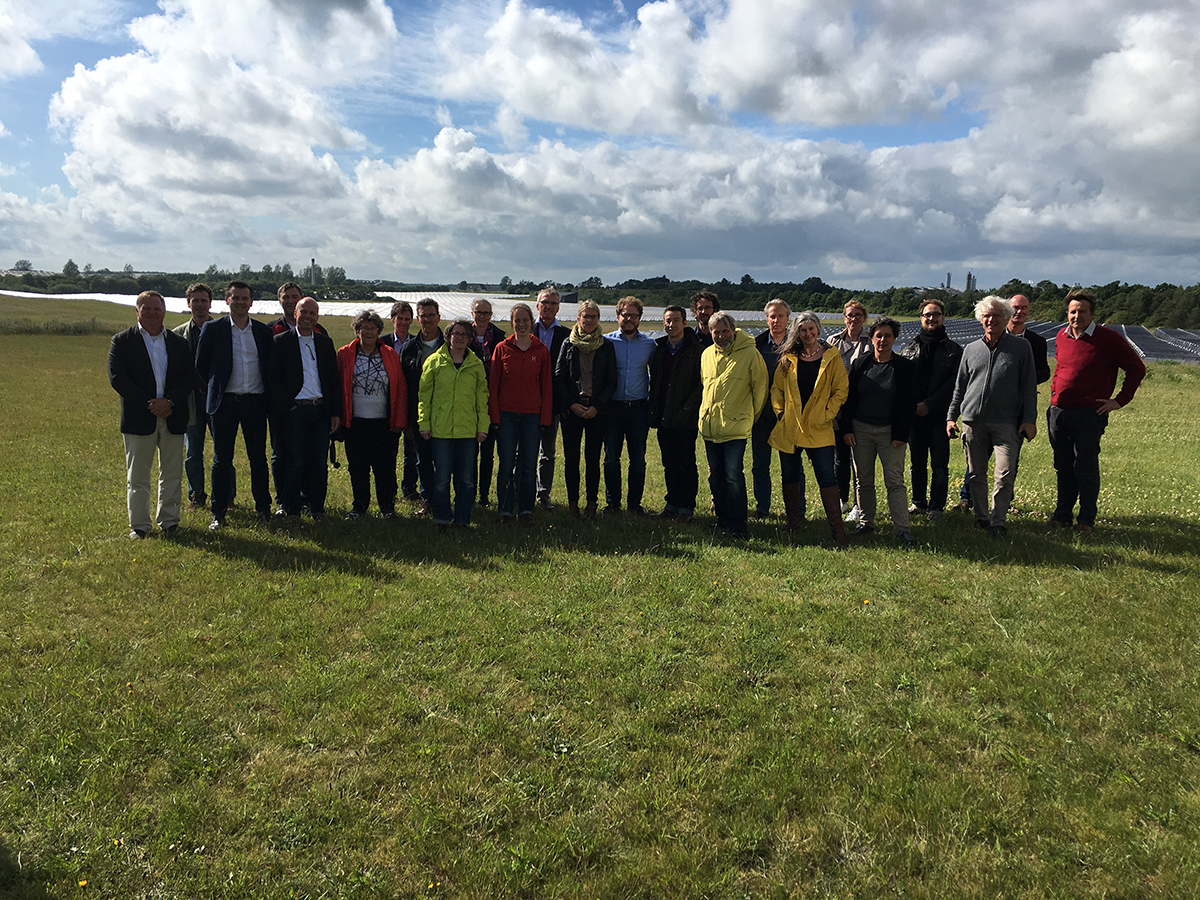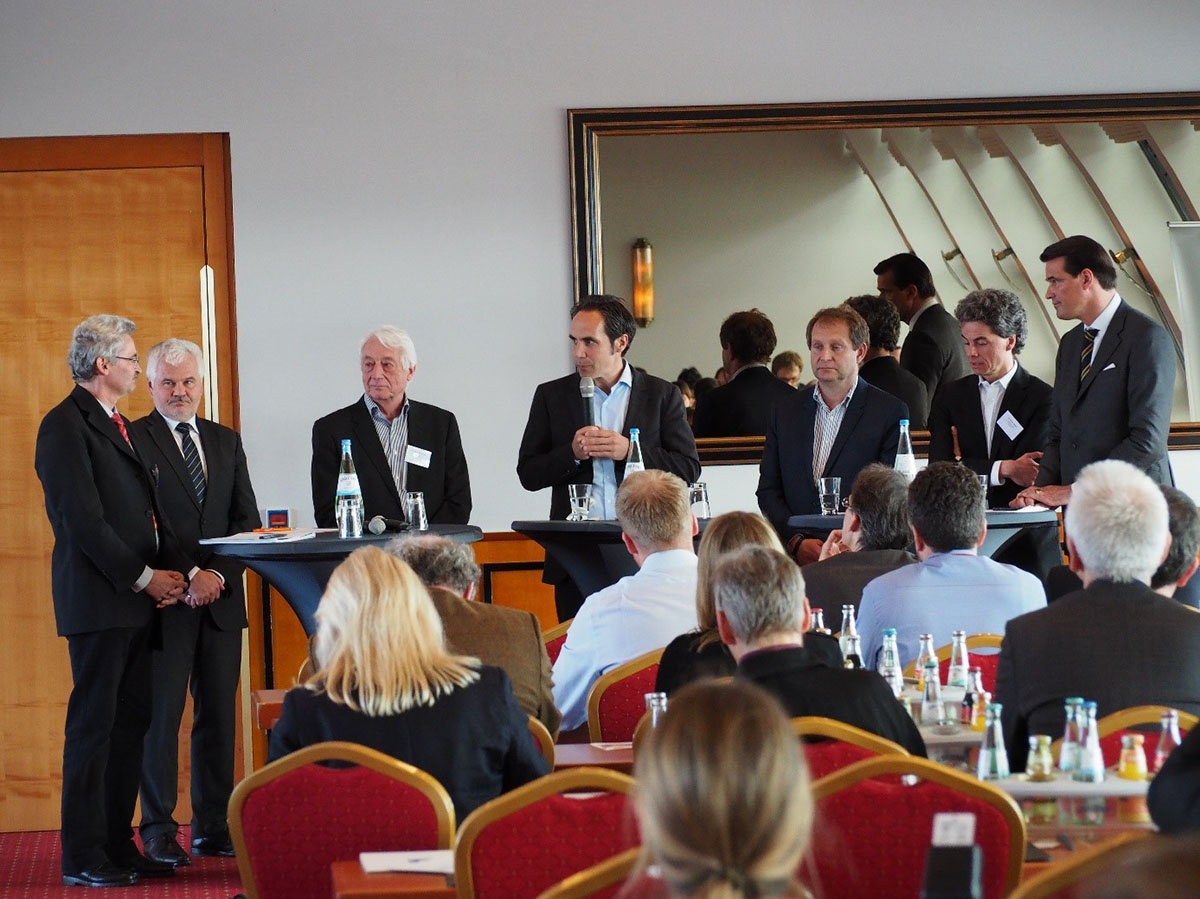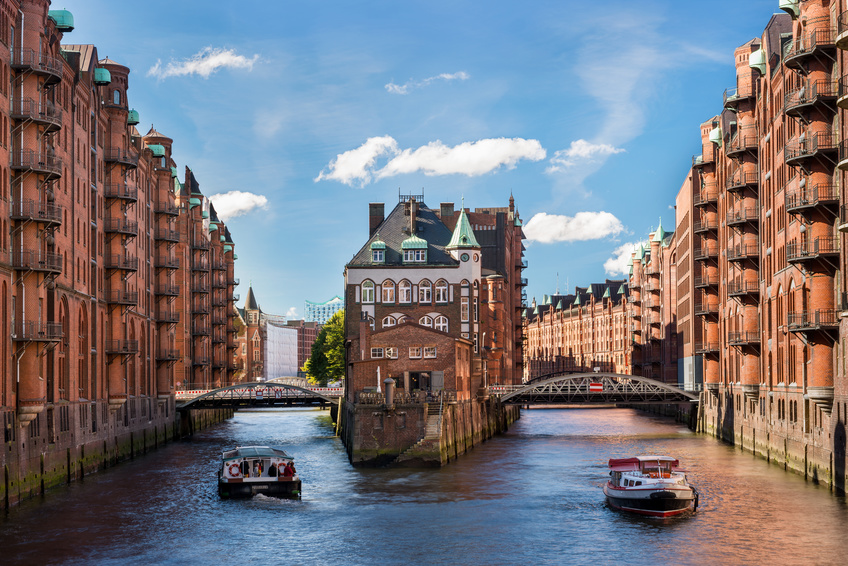New solar-bioenergy villages in Germany
In Rheinland-Pfalz, where a plant was inaugurated last year in Neuerkirch-Külz, the diggers are at work again in the neighboring village of Ellern. Also this district heating network should be supplied by approximately 1200 m² solar thermal collectors. The impulse came from the village itself, and the project group was innovative regarding the communication campaign to reach enough connections for the district heating network to be built: a heat consumption calculator was made available online and ten interested citizens were specifically trained, so that they could inform and convince their neighbors.
At the end of April already, the plant of Hallerndorf (largest in Bavaria) was inaugurated with a public celebration. The operator is the green electricity supplier Naturenergie AG.
In all the new solar-bioenergy villages, the solar plants are dimensioned to cover the complete heat demand in the summer months. Additionally, home owners who decide to connect to the village’s heat supply get free connection to the high-speed internet.
Guido Bröer
